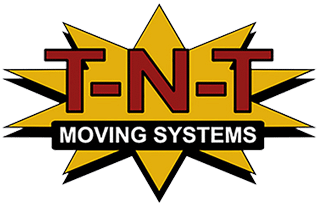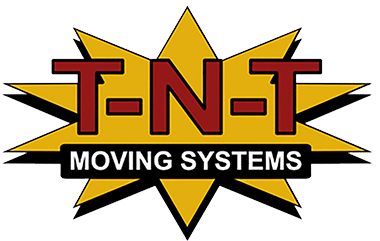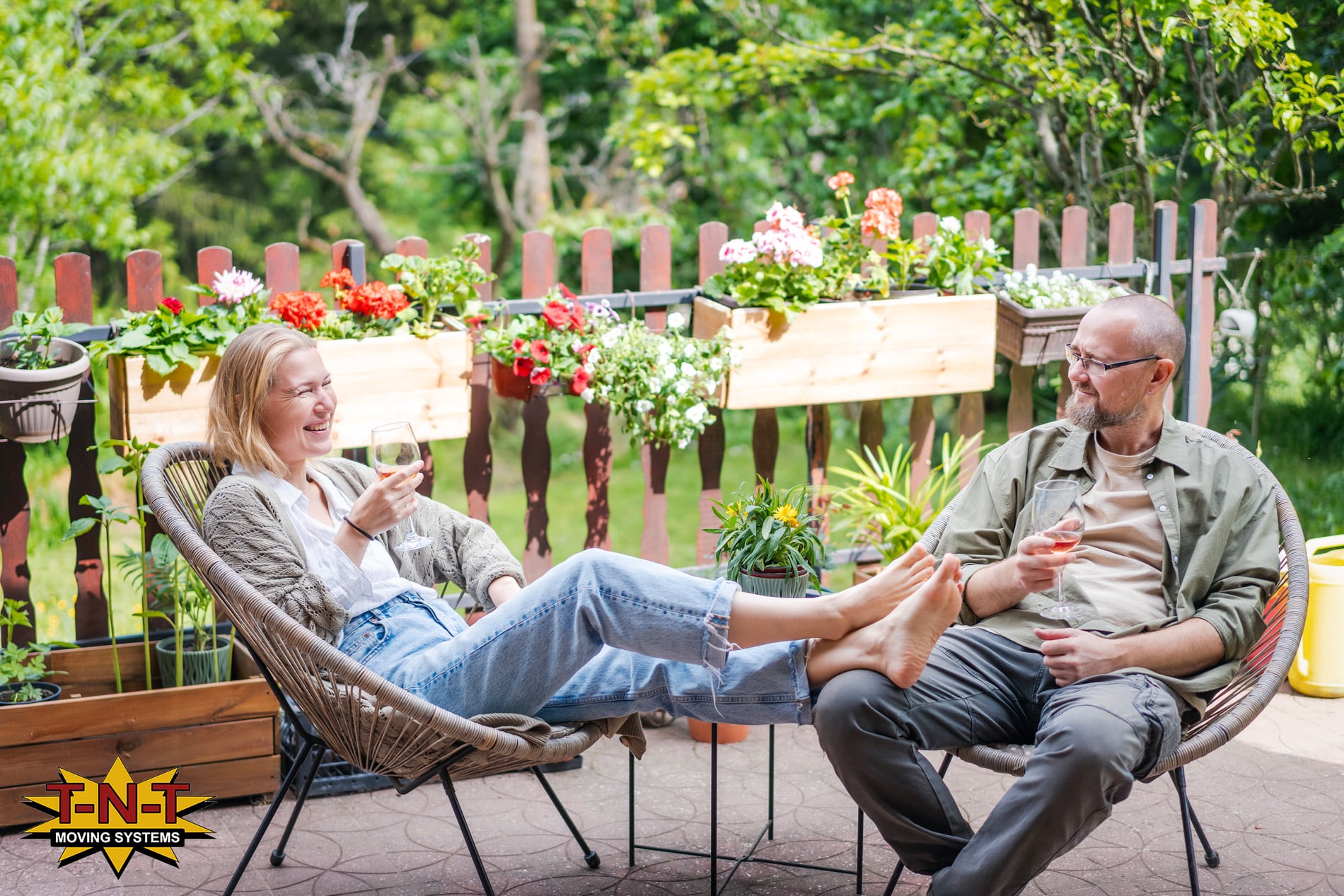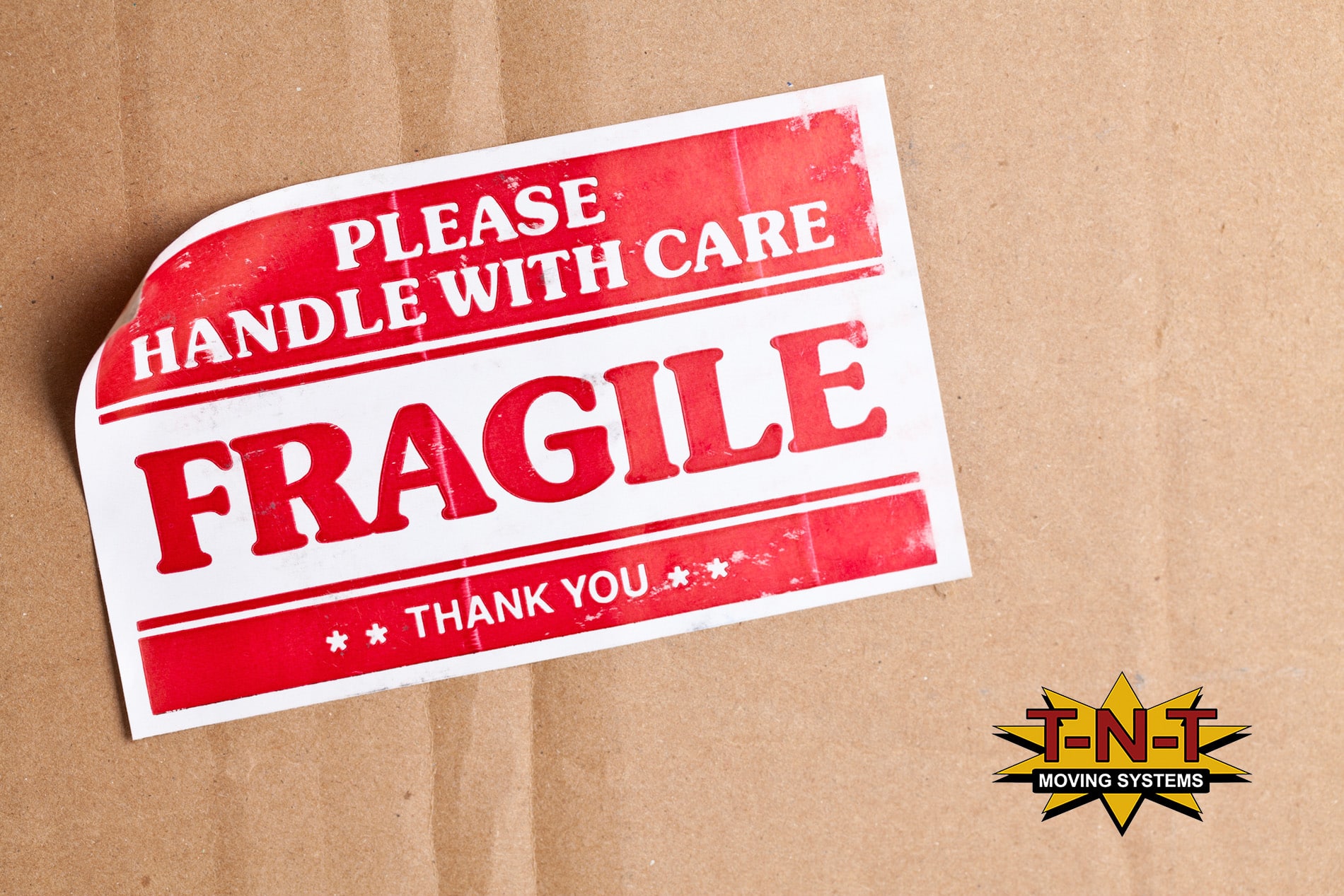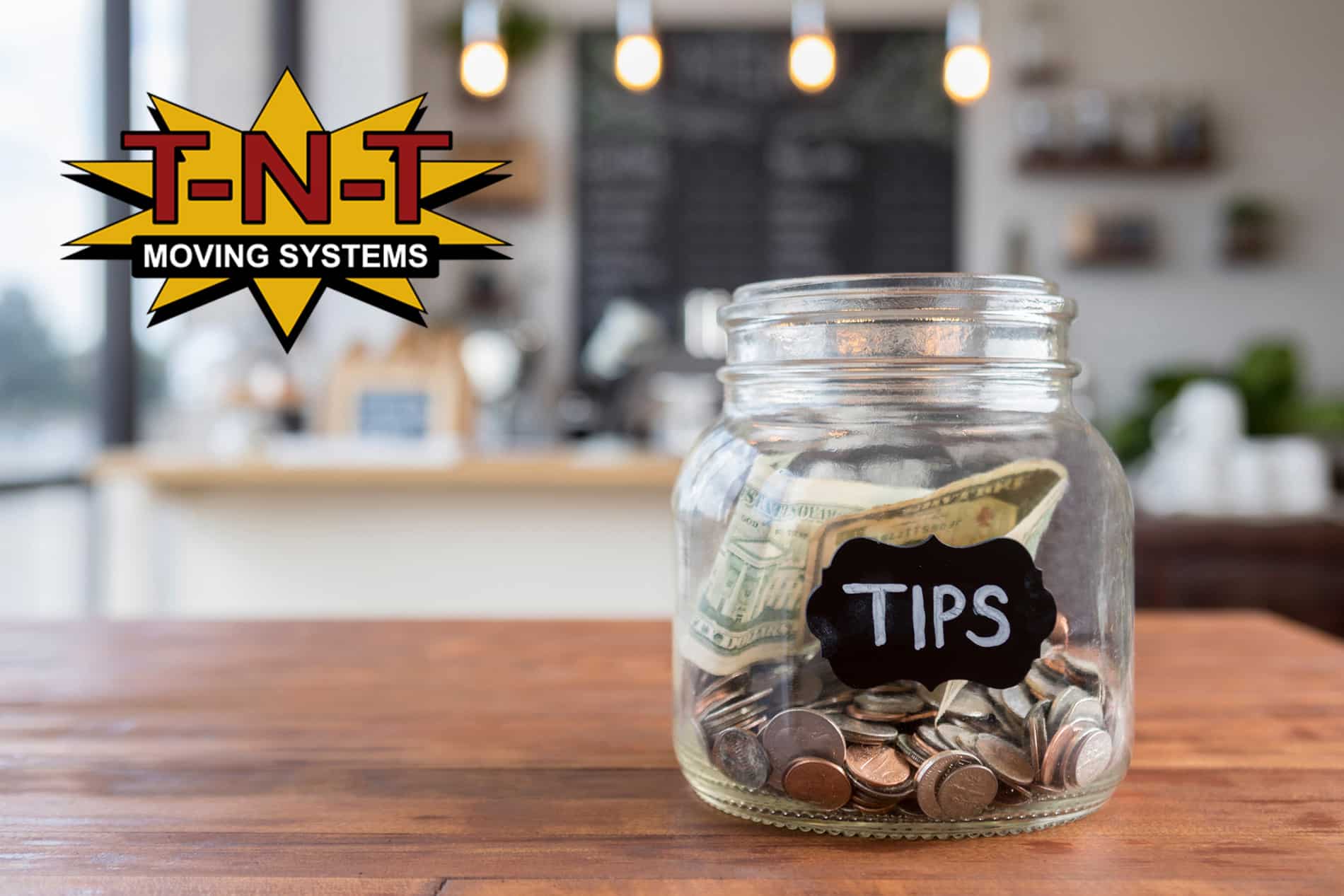Senior Citizens On The Move!
 Senior citizens are facing a unique migration this year more than any other year before! The COVID-19 pandemic brought upon a wave of realization, or often dissatisfaction with their living situations. With nursing homes being a primary hotspot for COVID-19 outbreaks, the once safe living situation for the elderly was no longer safe. Families and visitors were prohibited from most nursing homes, leaving residents lonely and separated from their social circles. Those who lived independently may have found that the pandemic meant intense isolation and distance from relatives who normally would’ve been able to check-in.
Senior citizens are facing a unique migration this year more than any other year before! The COVID-19 pandemic brought upon a wave of realization, or often dissatisfaction with their living situations. With nursing homes being a primary hotspot for COVID-19 outbreaks, the once safe living situation for the elderly was no longer safe. Families and visitors were prohibited from most nursing homes, leaving residents lonely and separated from their social circles. Those who lived independently may have found that the pandemic meant intense isolation and distance from relatives who normally would’ve been able to check-in.
Why are seniors on the move now?
· Desire to live closer to family or friends, and/or desire for more social interaction
· Manage a medical condition that requires additional or outsourced care
· Loss of a spouse or loved one
Many seniors that were in nursing homes during the COVID-19 pandemic are getting out! Their families and care providers are finding alternatives to prepare for the next big virus. For some, it may mean switching nursing homes or assisted living facilities for safer housing, but for many, it may be moving from nursing homes entirely. Seniors that were cared for by family members during COVID may be in different circumstances now and they are looking for alternatives. Many are moving to be near their adult children; having a loss support system has shown to be more important than ever in the last year.
Seniors who may have planned to live out their golden years together may now be finding themselves in different circumstances due to COVID-19. The death of a loved one can be difficult to navigate, especially when new problems and responsibilities fall entirely to one partner. For some seniors, the social connections and support of assisted living or a retirement community offer the right level of interaction and help to navigate a new normal.
Searching for a new home
Seniors are on the move to find safe, happy homes after COVID-19, and for many that may mean moving for the first time in years. Moving can be very challenging for seniors, even if the move is the right decision. The process of choosing between houses, apartments, retirement communities, and assisted living facilities requires a lot of planning and research. Here are some quick tips for finding a home that meets your requirements:
· Make a list of top needs and requirements for your next living situation.
· Research the different types of housing options; the sooner you know what type of space you want to live in, the easier it is to start narrowing your search in the right areas.
· Ask about mobile and handicap accessibility and accommodations of the space.
· Ensure the senior is taking part in the planning and decision-making process, and respect their preferences.
· Seek out resources available for the move and how they will be used.
· Budget for the major things like travel fees, utilities, gas, movers, boxes, tape, packing materials, and travel insurance.
· Make travel arrangements in advance. If you have mobility issues and are planning air travel, don’t forget to call the airport to request wheelchair assistance.
Preparing Seniors to Downsize and Move
1. Examine the floor plan of your new space.
A floor plan is the best place to start before moving into your new home. It’s a good idea to visualize what furniture will fit into the space, and where you want everything to go before all of your belongings are cluttering the vision. This can also help you decide what doesn’t need to come into the new space – especially think about those massive sleigh beds, chests, or china cabinets that might physically no longer work in a downsized space, be outdated or worn, or simply not be worth the hassle of moving.
2. Sort and reduce your overall belongings before the move.
Downsizing can be tough both physically and emotionally. It can be exhausting to empty, clean, and move furniture between rooms or out of the house as you’re sorting. That’s why you should take it one step at a time, and start early!
Emotionally, many of us are very attached to our belongings and furniture, even surprisingly the items that we wouldn’t think ourselves attached to! Whether it’s a table you’ve spent years gathering friends and family around or a passed down collection of grandpa’s records, items retain sentiment regardless of monetary value. Sentiment can make it really difficult to part ways with our belongings. On the other hand, discarding everything is never the goal. If certain belongings serve you and bring you joy, Marie Kondo, the house organizer extraordinaire and expert of living minimally, recommends that it’s okay to let items go that no longer serve us. Express gratitude to your items for serving you, for taking care of you, and say a proper goodbye. Saying goodbye to your items creates a finality in the process of letting go, and you can more easily release an item for donation or trash without guilt.
“If you let go of a belonging you never used, it taught you that you have no purpose for something like it in your life. Thinking deeply about each item you discard will affect how you live and acquire new things moving forward.” – Kon Mari’s Rule 3: Finish Discarding First
The best way to start this method is to begin in the areas of the house that are no longer in use. Think guest rooms, basements, attics, bonus rooms, and formal sitting areas. Unlike your living room, kitchen, or bedroom, sorting in the less used or unused rooms will be the least disruptive start to sorting without getting in the way of your daily life. This is also a great method for realizing what items you don’t use or haven’t used in years and makes parting much easier. You’ll see progress a lot quicker, and it can develop more momentum to move to the harder parts of the house.
3. Secure a pick-up service for donation, charity, or landfill.
Don’t forget to secure a pick-up service for donation, charity, or landfill. Check out our list of where you can donate unwanted clothing, furniture, and more.
4. Have a coding system to sort your belongings into sell, donate, trash, and pack.
You can create a sorting system by using colored stickers or bins to identify the items you want to sell, donate, or give to friends and family. If you plan to host a yard sale and make a little extra cash on your belongings no longer wanted, sticker packets like these are an easy and efficient solution to have a pricing system.
Want a fun way to give away items you love or admire, but don’t want to see ended up abandoned in a thrift store or landfill? Have a “dibs” party!
A “dibs” party is when you invite over friends and family to pick over what items are left in your home before a move. This is a fun and informal way to send off your belongings to those who may have admired them from afar for years, and know that they’re headed off to a loving home.
5. Book your movers well in advance.
· Get moving quotes – ask for a full quote with a clear breakdown of costs.
· Make sure your movers are fully licensed and insured.
· Book your movers as soon as possible, or whenever you know your moving date.
· Verify the date and times for moving the week of.
6. Consider a storage facility for items you’re not ready to part with, but can’t move right away.
Sometimes the intermediary step between moving out from a house and into an assisted living facility or retirement community can be a temporary housing situation. If you find yourself in a situation where you’re downsizing to live in a smaller space for a few months but planning to move somewhere with more space, then it may be in your best interest to store items like furniture or the majority of your belongings into a storage unit. A storage unit is also a good option for those who have large collections of antiques that may not have a place in the new home, but certainly shouldn’t be donated or tossed without thought.
Storage facilities typically run at about $190/month for a standard storage unit, and $180/month for a climate-controlled storage unit, plus any insurance fees. A climate controlled storage unit monitors the temperature and humidity levels inside to ensure that your belongings don’t get damaged. You might want a climate-controlled storage unit if you have artwork, wood furniture, or photographs being stored for safekeeping.
Any important or essential documents and jewelry may want to be moved into a safe deposit box at their local bank. This is especially important for original documents like birth certificates, wills, power of attorney, and tax forms.
7. When it comes to packing, let our movers handle it.
Packing is often just as physically tolling as lifting and moving your belongings. With a professional moving company like TNT Moving Systems, we can have an entire team dedicated to carefully preparing and packing your belongings. Our experts know how to prepare delicate items like dishes, linens, furniture, and electronics to ensure that everything is protected during the move. A professional moving team will certainly make packing go by faster and more efficiently, as well as take the stress and physical toll off of you.
8. Prepare a moving day suitcase with essentials ready for the first 24 hours in your new home.
Clothing, toiletries, medications, towels, and sheets are must-haves in any essentials suitcase. We also recommend equipping yourself with a first aid kit, flashlights, and night lights as well. Seniors may need assistance preparing necessary documentation like transferring medical records or updating addresses for insurance and other doctors.
9. Be patient and kind to yourself and others during the process.
Moving is hard at any age, but moving is especially for senior citizens. Leaving a home one has spent decades in, made countless memories in, and seen family come and go can be very difficult emotionally. Remember that it’s okay to process those feelings, and be sad about parting with items and the space itself. The goal is not to get rid of everything or reject the process – it’s about simplifying your life and setting yourself up for success and happiness in the next season.
Support seniors who are moving by focusing on the positive transition to a new space, whether that’s starting fresh in a new home, meeting new people, or gaining more independence by living with assistance and care from others.
10. After the move:
· Give yourself time to get accommodated to the new place, people, and routines. Everything being new at once can be very overwhelming. Understand that there’s going to be a transition period, and adjusting to a move is a significant life change that will take time.
· Get settled in and make your new space into your own. Decorating and bringing the familiar into the new can make a new space feel like home much more quickly.
· Locate nearby restaurants, grocery stores, pharmacies, and medical facilities.
· Seek out familiar faces and scenes. Moving doesn’t have to mean saying goodbye to everything. Reach out to familiar faces and call to hear loved ones’ voices. Fill your space with photos, make use of video-call technology, and schedule time with friends and family to revisit places that are meaningful.
Seniors are on the move, and TNT Moving Systems is here to help.
Seniors making move this year have likely already put a great deal of research and planning into their next living situation. TNT Moving Systems is a professional and reliable moving service in the Charlotte area, and we’re here to make your move as easy and positive as possible.
